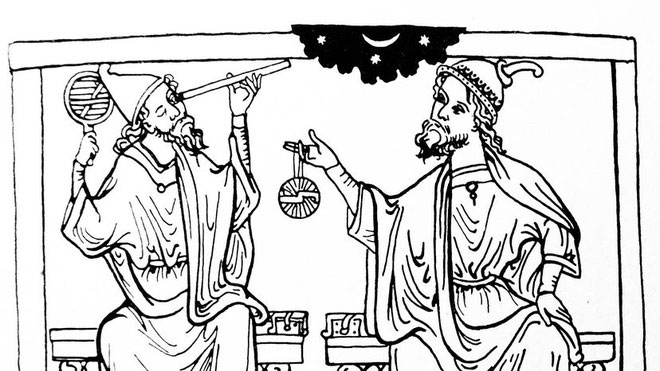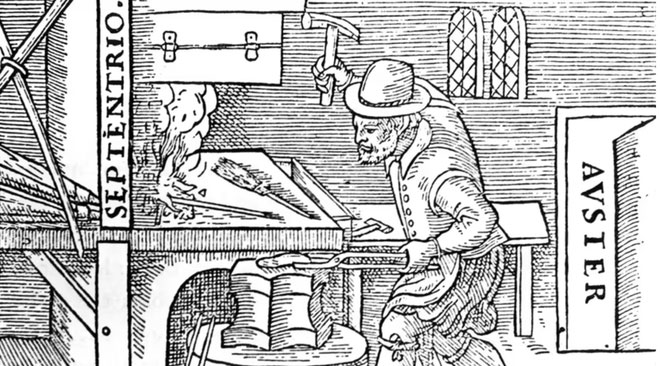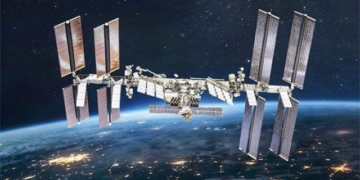To identify the first modern scientist, we seem to need to “travel back in time” further and require more substantiated evidence.
The Concept of “Scientist”
The term “scientist” entered the English language in 1834. This was when historian and philosopher William Whewell from the University of Cambridge (United Kingdom) coined the term to describe someone who studies the structure and behavior of the physical and natural world through observation and experimentation.
Thus, you and many others might argue that the first modern scientist was someone like Charles Darwin or Michael Faraday, two iconic figures who were contemporaries of Whewell.

A scientist is someone who studies the structure and behavior of the physical and natural world through observation and experimentation.
However, even if the term did not exist before the 1830s, individuals embodying similar principles had emerged.
We can trace back to the earliest period of ancient Greece, returning to Thales of Miletus, who lived from around 624 BC to about 545 BC. According to many accounts, Thales achieved significant accomplishments in both science and mathematics, but he left no written records.
We can also consider other ancient Greeks, such as Euclid (the father of geometry) or Ptolemy (the astronomer who mistakenly placed the Earth at the center of the universe). Yet all of these individuals, though great thinkers, relied on making arguments rather than conducting experiments to prove or disprove hypotheses.
Some scholars believe that modern science originated from an impressive class of Arab mathematicians and philosophers working in the Middle East decades before the European Renaissance began.
This group includes al-Khwarizmi, Ibn Sina, al-Biruni, and Ibn al-Haytham. In fact, many experts recognize Ibn al-Haytham, who lived in present-day Iraq from 965 to 1039 AD, as the first scientist. He invented the pinhole camera, discovered the laws of refraction, and studied various natural phenomena, such as rainbows and lunar eclipses. However, it remains unclear whether his scientific method was truly modern or akin to Ptolemy and his Greek predecessors. It is also uncertain whether he emerged from the mysticism that was still prevalent at the time.
It is nearly impossible to determine when the influence of mysticism completely faded among scientists. What is more recognizable are the characteristics of a modern scientist.
The Modern Scientist
According to author Brian Clegg, a modern scientist must recognize the importance of experimentation, view mathematics as a fundamental tool, rely on unbiased information, and understand the need for communication.
In other words, that person must not be swayed by religious dogma and must be willing to observe, respond, and think objectively. Clearly, many individuals conducting scientific work in the 17th century, such as Christiaan Huygens, Robert Hooke, and Isaac Newton, satisfied most of these requirements. But to find the first scientist with these characteristics, one must “travel” to the Renaissance, to the mid-16th century.
You might think of Galileo Galilei when mentioning Renaissance science, and rightly so. He overturned Aristotle’s ideas about motion and began to explain complex concepts like force, inertia, and acceleration.
He also constructed one of the first telescopes and used it to study the universe. What was observed through the lens of the device removed the Earth from the center of the universe and placed it in its rightful position. In all of his work, Galileo emphasized the necessity of observation and experimentation. However, Galileo also owed much to another notable figure who was born 20 years earlier.
His name was William Gilbert, a relatively lesser-known character in the history of science. Alongside Galileo, Gilbert was busy practicing the scientific method in his work and setting an example for his colleagues after the first decade of the 17th century. This is what John Gribbin wrote about Gilbert and Galileo in his 2002 book “Scientists”.

An illustration of William Gilbert forging a magnet. (Photo: Getty Images).
Although Galileo is one of the distinguished figures in the scientific community, known by educated people today, Gilbert is less recognized than he deserves. Gilbert was born earlier and chronologically at least deserves the title of the first scientist.
Gilbert was born in 1544 into a prominent local family and attended the University of Cambridge from 1558 to 1569. Eventually, he settled in London and embarked on a successful career as a physician.
However, his research on the nature of magnetism may qualify him as the first modern scientist. This work culminated in “De Magnete, Magneticisque Corporibus, et de Magno Magnete Tellure” (“On Magnetism, Magnetic Bodies, and the Great Magnet of the Earth”), the first significant book on physical science published in England.
In the preface of the book, Gilbert describes the necessity of “certain experiments and proven arguments” instead of “the conjectures and opinions of philosophers.”
He also discusses the need to conduct experiments described “carefully, skillfully, and adeptly, without excessive attention and carelessness.”
Gilbert’s book recounts his research in such detail that another person could replicate his work and verify his results. This research led to many important discoveries about magnetism. He was the first to fully explain how the magnetic compass works and proposed that the Earth is a magnetic planet.
Gilbert had a direct influence on Galileo. The famous Italian scientist read De Magnete and repeated many of its experiments. It is easy to imagine Galileo pondering the book and nodding in affirmation of Gilbert’s ideas about experimentation and observation—ideas that Galileo himself would apply in his groundbreaking work.
Therefore, it seems unsurprising that Galileo declared Gilbert the founder of the scientific method. This endorsement alone might be enough to demonstrate that William Gilbert should be regarded as the first modern scientist.





















































